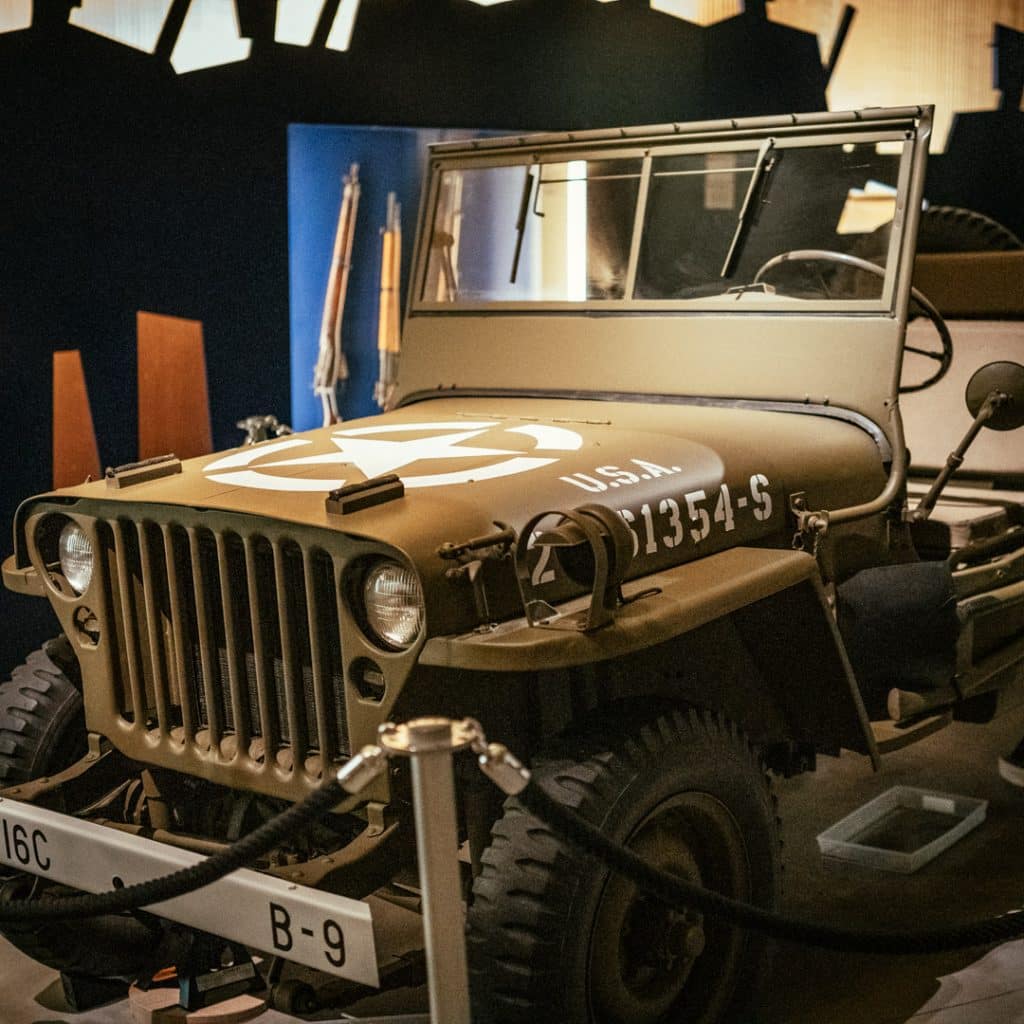


While establishing control of Berlin, the Allied forces from 1945 also had to deal with the consequences of the destruction wrought on the city - particularly from the 360+ air raids Berlin had endured. About 70,000 tons of bombs had been dropped on the Nazi capital and experts today believe that about 15% of those bombs failed to explode on impact, with many still left submerged across the city.


Some useful links: